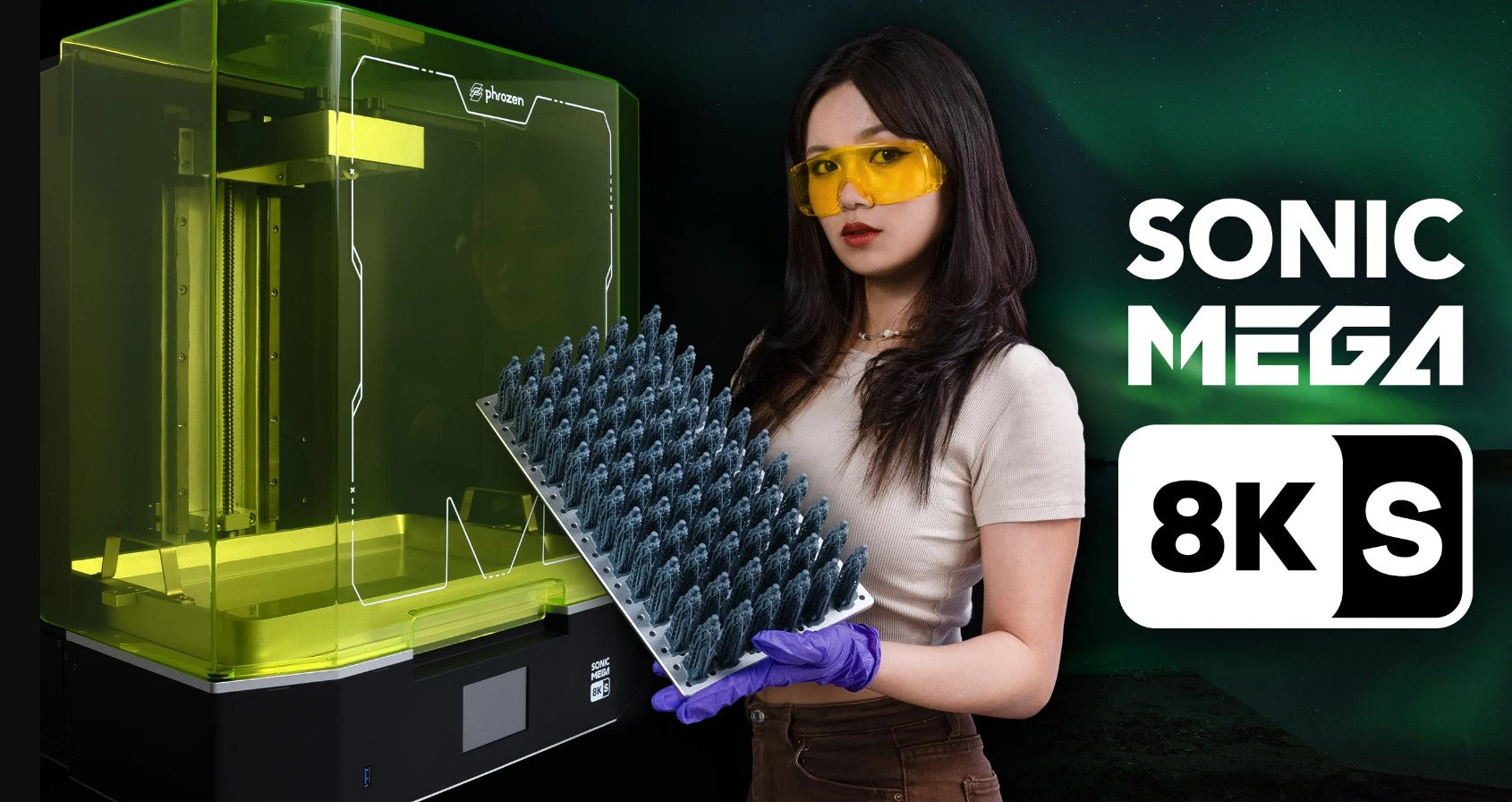Resin 3D printing is an exciting technology that allows you to create highly detailed and intricate objects. Whether you're a hobbyist or a professional, resin 3D printing can open up a world of possibilities. In this beginner's guide, we'll explore the basics of resin 3D printing and provide you with the knowledge you need to get started.
What is Resin 3D Printing?
Resin 3D printing, also known as stereolithography (SLA) or digital light processing (DLP), is a type of additive manufacturing technology. Unlike traditional 3D printing methods that use filament or powder, resin 3D printing uses liquid resin that is cured layer by layer using light.
How Does Resin 3D Printing Work?
The process of resin 3D printing involves several steps:
- Preparation: The first step is to prepare your 3D model using specialized software. This software slices the model into thin layers and generates the necessary support structures.
- Printing: Once your model is prepared, it is time to start the printing process. The liquid resin is poured into a tank, and a build platform is submerged into the resin.
- Curing: After the build platform is submerged, a light source, such as a laser or a projector, selectively cures the resin layer by layer. This process solidifies the resin and builds the object from the bottom up.
- Post-processing: Once the printing is complete, the object is removed from the printer. It is then washed to remove any uncured resin and undergoes a curing process to fully harden the resin.
Advantages of Resin 3D Printing
Resin 3D printing offers several advantages over other 3D printing methods:
- High level of detail: Resin 3D printing can produce objects with incredibly fine details and smooth surfaces, making it ideal for creating intricate designs and prototypes.
- Wide range of materials: There are various types of resins available for 3D printing, including standard, flexible, and biocompatible resins. This allows you to choose the material that best suits your needs.
- Fast printing speed: Compared to other 3D printing methods, resin 3D printing is generally faster, allowing you to bring your ideas to life in less time.
Getting Started with Resin 3D Printing
If you're interested in trying out resin 3D printing, here are a few tips to help you get started:
- Choose the right printer: There are many resin 3D printers available on the market, so it's essential to choose one that meets your requirements in terms of print quality, build volume, and budget.
- Understand the resin: Different resins have different properties and curing requirements. Make sure to read the manufacturer's instructions and safety guidelines before using a particular resin.
- Calibrate your printer: Proper calibration is crucial for achieving accurate and high-quality prints. Follow the manufacturer's instructions to calibrate your printer before starting a print.
- Experiment and iterate: Resin 3D printing can be a trial-and-error process, especially when it comes to finding the optimal settings for your prints. Don't be afraid to experiment and iterate to achieve the desired results.
With these basics in mind, you're ready to embark on your resin 3D printing journey. Whether you're creating intricate jewelry, functional prototypes, or artistic sculptures, resin 3D printing offers endless possibilities for bringing your ideas to life.





Leave a comment
This site is protected by hCaptcha and the hCaptcha Privacy Policy and Terms of Service apply.